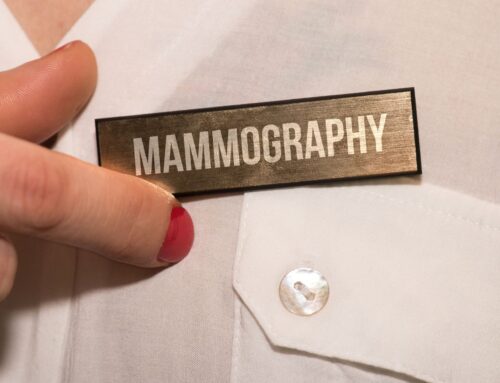Most Common Uses for a Breast MRI
The most common use for breast MRI is high risk screening, which is indicated annually to supplement a mammogram for women who have a 20% or greater lifetime risk of breast cancer.
The 20% or greater lifetime risk is determined by one of multiple risk models. They are found online — for example, on the National Cancer Institute website.
Recent literature supports the use of screening MRI for women with a personal history of breast cancer and dense breast tissue, as well as when a woman has a recent diagnosis of breast cancer.
Of the breast imaging modalities, MRIs have been shown to demonstrate the most accurate extent of disease of any of the breast imaging modalities. Our breast imaging specialists also look at the contralateral breast when there is a new breast cancer diagnosis. The data demonstrates that 3% to 5% of women will have asynchronous contralateral breast cancer, which is critical to diagnose at the time of breast cancer treatment.
The breast MRI can also identify the extent of the cancer that has been biopsied by determining if cancer is in more than one quadrant, and if the chest wall or the skin and nipple are involved. The MRI can help breast surgeons determine whether a lumpectomy or mastectomy should be planned.
-
Identifying clinical symptoms
Nipple discharge that is either clear or bloody, like from papilloma or in situ and invasive breast cancers, is first evaluated with a mammogram and ultrasound. If these modalities do not find a cause for the nipple discharge, MRI can be used to evaluate further.

-
Visualizing unknown breast cancer in the lymph nodes of the axilla
Occasionally, breast cancer is found in lymph nodes in the axilla before a cancer in the breast has been identified. If mammography and ultrasound are not able to identify the primary malignancy, breast MRI is performed. Breast MRIs can identify small cancers that have led to the metastatic disease in the axilla, aiding treatment planning.
-
Nipple inversion
When a patient has new nipple inversion, mammography and ultrasound are first performed to identify a suspicious underlying cause. When no cause is identified, breast MRI can be used. MRI can often demonstrate where to biopsy and the next steps.
-
Difficult imaging problem
Occasionally, when a definitive lesion cannot be identified by mammography or ultrasound, a breast MRI can help sort out the findings that are confusing on previous imaging.
Nipple inversion
When a patient has new nipple inversion, mammography and ultrasound are first performed to identify a suspicious underlying cause. When no cause is identified, breast MRI can be used. MRI can often demonstrate where to biopsy and the next steps.





